
Prof of Early Modern Eng Lit. Shakespeare and other C16-17 stuff. The rest is silence, mostly. Views own.
'Rethinking Theatrical Documents in Shakespeare’s England' (ed. Tiffany Stern) brings together 15 scholars to analyse & theorise the documents, lost and found, that produced a play at the time.
Read online this #OAWeek https://bit.ly/4qqB1qc

Reposted by Matthew Steggle

'Rethinking Theatrical Documents in Shakespeare’s England' (ed. Tiffany Stern) brings together 15 scholars to analyse & theorise the documents, lost and found, that produced a play at the time.
Read online this #OAWeek https://bit.ly/4qqB1qc
Reposted by Katherine Scheil

Reposted by Matthew Steggle


www.folger.edu/blogs/collat...
Reposted by Matthew Steggle
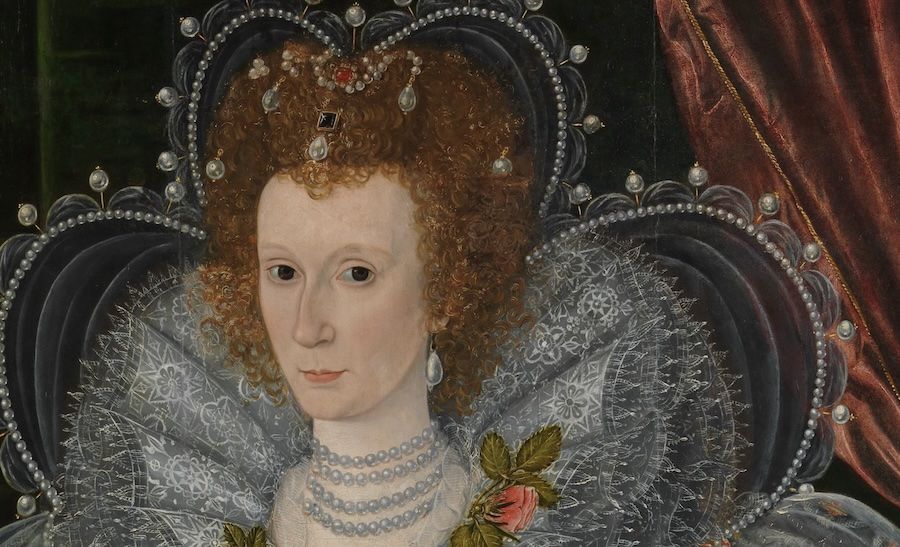
With customary precision and elegance (how does he make it look so bloody easy?) Charles Nicholl writes about Mrs Shakspaire for the New York Review of Books.
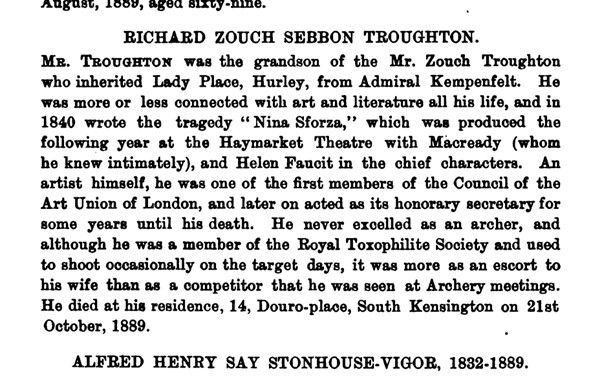


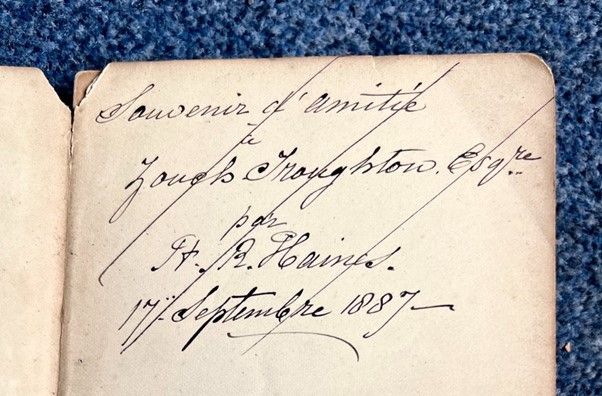
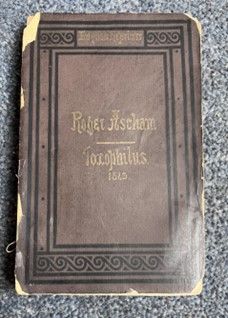
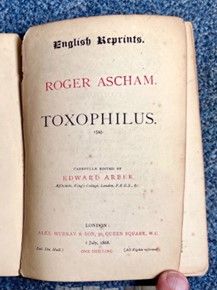
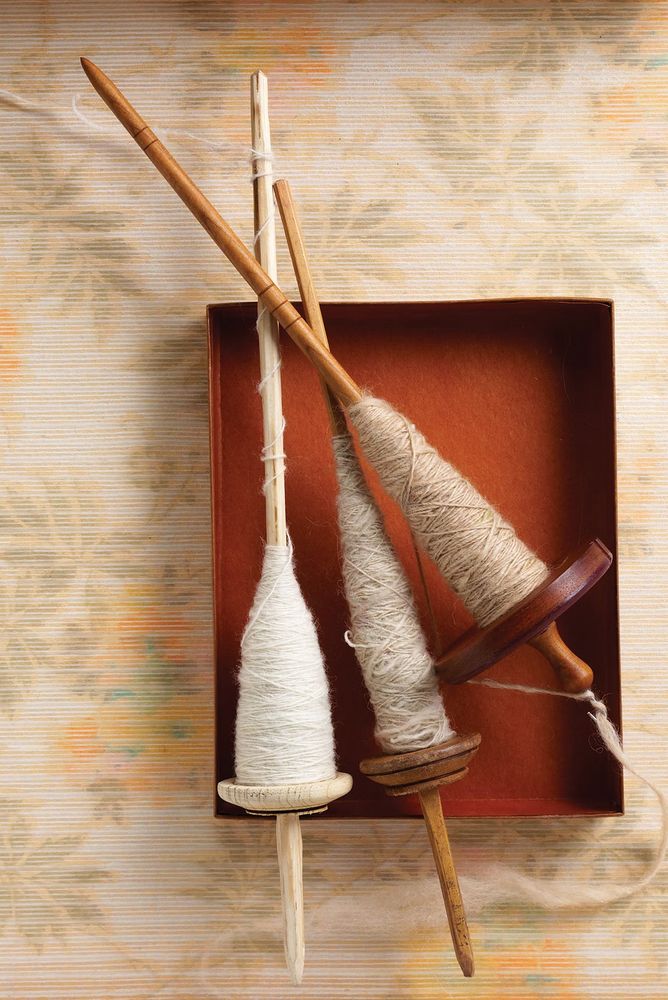
- Our artist has drawn one, but it has looked really confusing and they’ve tried to turn it into a pillar
- Norwich and Norfolk most famous at this date for woollen thread and cloth
- Emblematised in, for instance, Brome’s The English Moor by the drop spindle

